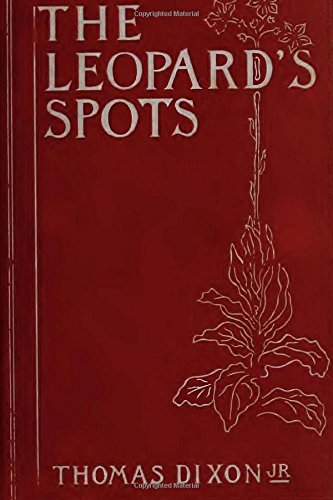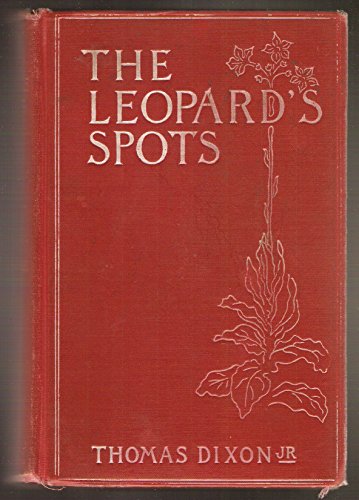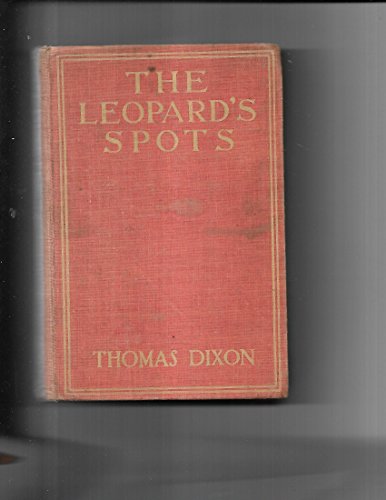All Formats & Editions

The Leopard's Spots: A Romance of the White Man...
The Leopard's Spots is the first novel of Thomas Dixon's Ku Klux Klan trilogy that included The Clansman: A Historical Romance of the Ku Klux Klan and The Traitor. In the novel Dixon offers an account of Reconstruction in which he portrays a former slave driver, Northern carpetbaggers,...

The Leopard's Spots A Romance Of The White Man'...

The Leopard's Spots
The Leopard's Spots: A Romance of the White Man's Burden, Volume I of the "Reconstruction Trilogy," is the first part of a three part historical novel meant to portray life in the immediate period following the end of the US Civil War in the South. Written...

The Leopard's Spots: a Romance of the White Man...

The Leopard's Spots A Romance of the White Man'...
The Leopard's Spots is a historical novel written by Thomas Dixon Jr. The book explores the period from 1865 to 1900, a time when the United States was grappling with issues of race, slavery, and reconstruction. The story follows the life of a white man named Colonel George Gaston,...

THE LEOPARD'S SPOTS: A Romance of the White Man...

The Leopard's Spots: A Romance of the White Man...

THE LEOPARD'S SPOTS: A ROMANCE OF THE WHITE MAN...

The Leopard's Spots
The Leopard's Spots: A Romance of the White Man's Burden, Volume I of the "Reconstruction Trilogy," is the first part of a three part historical novel meant to portray life in the immediate period following the end of the US Civil War in the South. Written...

The Leopard's Spots A Romance of the White Man'...
The Leopard's Spots is a novel written by Thomas Dixon Jr. that takes place from 1865 to 1900, during a time when the United States was grappling with issues of race and the aftermath of the Civil War. The story follows the lives of two families, one white and one black, and...

The Leopard's Spots A Romance of the White Man'...

The leopard's spots: A romance of the white man...

The Leopard's Spots: A Romance of the White Man...
Volume I of the "Reconstruction Trilogy" set of historically accurate novels designed to tell the post Civil War story from the Southern side. Dixon, a Baptist preacher, was driven to write The Leopard's Spots after seeing a stage version of Harriet Beeche Stowe's Uncle Tom's...

The Leopard's Spots; A Romance of the White Man...

The Leopard's Spots
The Leopard's Spots

The Leopard's Spots: A Romance of the White Man...

The Leopard's Spots
The leopard's spots. A romance of the white man's burden 1865-1900 (1903). This book, "The leopard's spots", by Thomas Dixon, is a replication of a book originally published before 1903. It has been restored by human beings, page by page, so that you may enjoy it in a form as...

The Leopard's Spots: A Romance of the White Man...

The Leopard's Spots: A Romance of the White Man...

Grammar of the Gaelic Language...

The Leopard's Spots: A Romance of the White Man...

The Leopard's Spots: A Romance of the White Man...
This is a reproduction of a book published before 1923. This book may have occasional imperfections such as missing or blurred pages, poor pictures, errant marks, etc. that were either part of the original artifact, or were introduced by the scanning process. We believe this...

The Leopard's Spots: A Romance of the White Man...

The Leopard's Spots: A Romance of the White Man...




